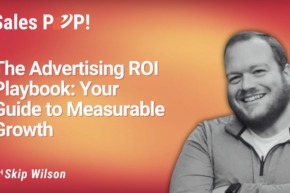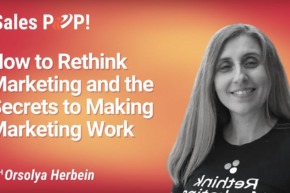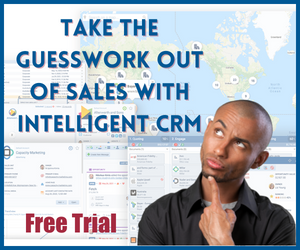For any early-stage founder, fundraising can feel like an impossible game with secret rules. The media loves the “overnight success” story, but the truth is that securing capital is a structured, grueling marathon, not a spontaneous sprint. It’s an essential part of the startup journey, but one often clouded by common misconceptions.
To bring the process back down to earth, we’ve distilled expert insights from startup veteran Jeffrey Fidelman, founder of Fidelman and Company, into an actionable guide. We’re tearing down the myths and giving you the authentic, human-centric strategy you need to navigate today’s challenging investor landscape.
Myth 1: A Great Idea Is All You Need
The Reality: Fundraising is not a one-off event; it’s a systematic sales process.
The stories you read about founders raising millions in a week are the rare exceptions—often those with prior successful exits or deeply established networks. For everyone else, capital-raising is a journey requiring persistence, a clear funnel, and an almost clinical structure.
- Actionable Advice: Treat your fundraising like a full-time job for a set period. Implement a system—a CRM or simple spreadsheet—to meticulously track every investor interaction, from initial contact (the Top of Funnel) to follow-ups (the Mid-Funnel) and term sheet negotiations (the Close). Don’t expect a deal after one pitch; cycles of 3 to 6 months are standard.
Myth 2: You Should Chase the Biggest, Most Famous VCs
The Reality: Targeting is everything. Right-fit investors add significantly more value than big-name investors.
A common misstep is obsessing over famous Silicon Valley firms. The reality is that a $1 million seed round is too small for a $10 billion institutional fund. You’re not the right fit for their strategy.
- Actionable Advice: Qualify investors ruthlessly. Research their typical check sizes, their fund’s total size, and their portfolio focus. A small, industry-specific micro-venture capital (VC) firm might write a smaller check but provide invaluable domain expertise, introductions, and mentorship. Use databases like PitchBook or Crunchbase, but then personalize your outreach—show you’ve done your homework.
Myth 3: You Can Raise Money to Build an MVP
The Reality: The bar for seed funding has never been higher—investors expect traction.
For most software companies, the era of raising a seed round purely to build a Minimum Viable Product (MVP) is over. The advent of no-code and low-code tools means you can create a prototype and validate early customer interest for a fraction of the cost.
- Actionable Advice: Before approaching investors, you need a working product and demonstrable traction. This could be user numbers, high engagement rates, or even $$$$1M in Annual Recurring Revenue (ARR) for a highly competitive SaaS market. Use inexpensive tools to build, gather customer feedback, and then initiate the formal fundraising process.
Myth 4: Any Money Is Good Money
The Reality: Your investor relationship is a strategic partnership that can make or break your company.
You’re not just accepting a check; you’re inviting a partner to your board and your cap table for the next seven to ten years. A hands-off investor might provide capital, but a strategic, hands-on partner can open doors, help you navigate pivots, and offer invaluable support during tough times.
- Actionable Advice: Conduct due diligence on your investors just as they do on you. Ask to speak with other founders in their portfolio to understand their style—do they champion their founders or micromanage? Prioritize investors who bring domain expertise, a relevant network, and a shared vision over those who offer capital.
Key Takeaways for Founders
Before you start pitching, ensure your fundamentals are rock-solid. This means having an air-tight pitch deck, a realistic, bottom-up financial model, and a clear articulation of your desired valuation and terms. Finally, raise enough to execute your plan and survive for 18 to 24 months—this crucial buffer allows you to focus on building without the desperate pressure of having to raise your next round immediately.
Our Host
John is the Amazon bestselling author of Winning the Battle for Sales: Lessons on Closing Every Deal from the World’s Greatest Military Victories and Social Upheaval: How to Win at Social Selling. A globally acknowledged Sales & Marketing thought leader, speaker, and strategist, he has conducted over 1500 video interviews of thought leaders for Sales POP! online sales magazine & YouTube Channel and for audio podcast channels where Sales POP! is rated in the top 2% of most popular shows out of 3,320,580 podcasts globally, ranked by Listen Score. He is CSMO at Pipeliner CRM. In his spare time, John is an avid Martial Artist.








Comments